Wholesale inflation (WPI) in India turned negative in June after two years. According to official data from the Ministry of Commerce and Industry, WPI stood at (-) 0.13 percent in June, while it was 0.39 percent in May. Earlier, wholesale inflation had moved into negative territory in April 2023. Similarly, in the initial days of COVID-19, in July 2020, wholesale inflation was reported to be negative.
The commerce ministry said the negative rate of inflation in June 2025 was mainly due to the reduction in prices of food articles, mineral oils, manufacture of basic metals, crude petroleum and natural gas.
In 2023, Wholesale Price Index-based inflation remained negative for seven consecutive months. Notably, the WPI-based inflation remained in double digits for 18 consecutive months till September 2022, after which it declined.
Economists often say that a small increase in wholesale inflation is good, because it usually encourages goods manufacturers to produce more.
DPIIT releases the Wholesale Price Index in India on a monthly basis on 14th of every month (or next working day, if 14th falls on holiday) with a lag of two weeks from the reference month, and the index number is compiled with data received from institutional sources and selected manufacturing units across the country.
Meanwhile, consumer price inflation in India continued its decline and fell to a six-year low in May, providing relief to the common man.
According to the Ministry of Statistics, the year-on-year inflation rate based on the Consumer Price Index (CPI) for May stood at 2.82 per cent (provisional). This is the lowest inflation rate since February 2019. Also, it was a decline of 34 basis points in May's headline inflation compared to April 2025.
The retail inflation rate is within the Reserve Bank of India's (RBI) manageable range of 2-6 per cent. For the month of June, retail inflation is expected to come later today.
Retail inflation last breached the Reserve Bank of India’s upper tolerance level of 6 per cent in October 2024. Since then, it has remained in the range of 2-6 per cent, which the RBI considers manageable.
Inflation has been a concern for many countries, including advanced economies, but India has managed to keep its inflation rates under control to a large extent.
The RBI kept its benchmark repo rate unchanged at 6.5 per cent for the eleventh time in a row, and will cut it for the first time in nearly five years in February 2025.
Analysts expect inflation to remain under control, allowing the RBI to focus on supporting economic growth. The recent 50 basis points repo cut was quite an indication.
The inflation forecast for the year 2025-26 has been lowered to 3.7 per cent from the RBI's earlier estimate of 4 per cent.
With the inputs of ANI

 4 hours ago
1
4 hours ago
1


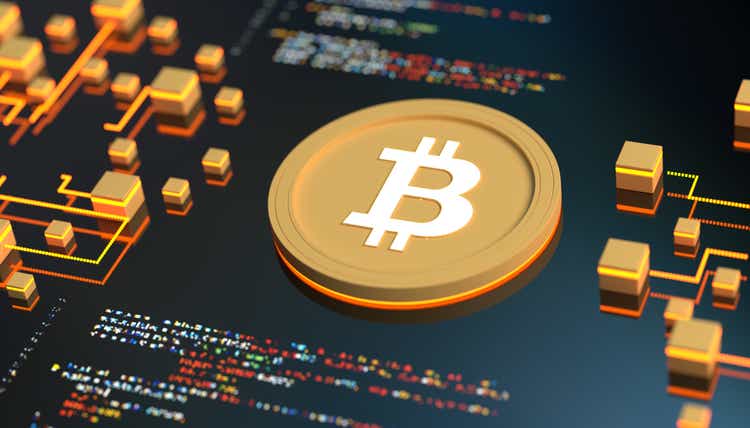


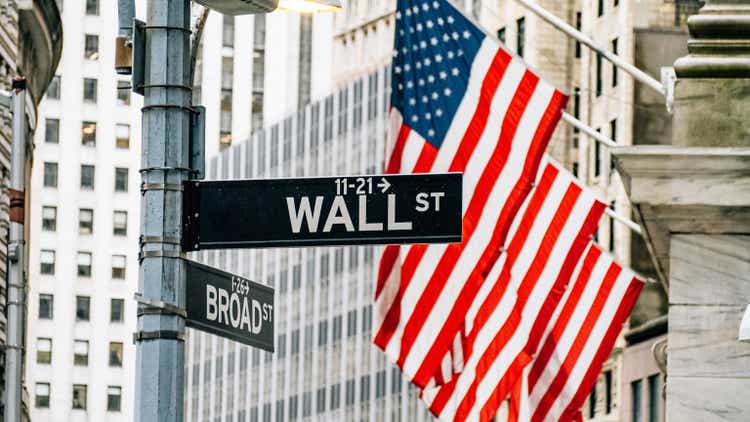






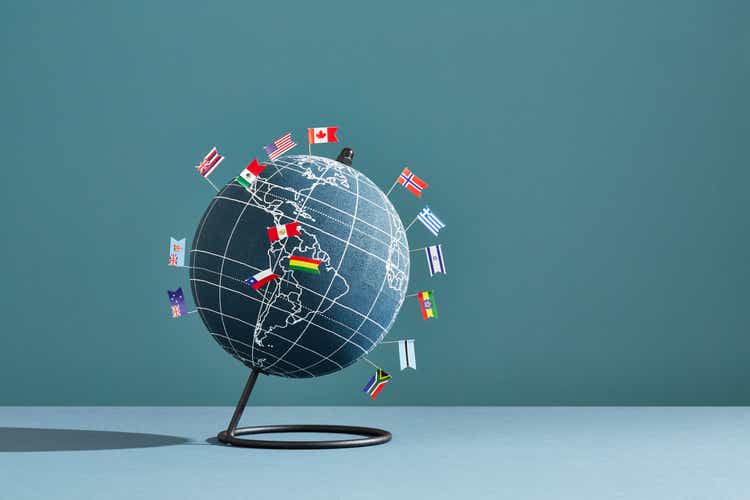


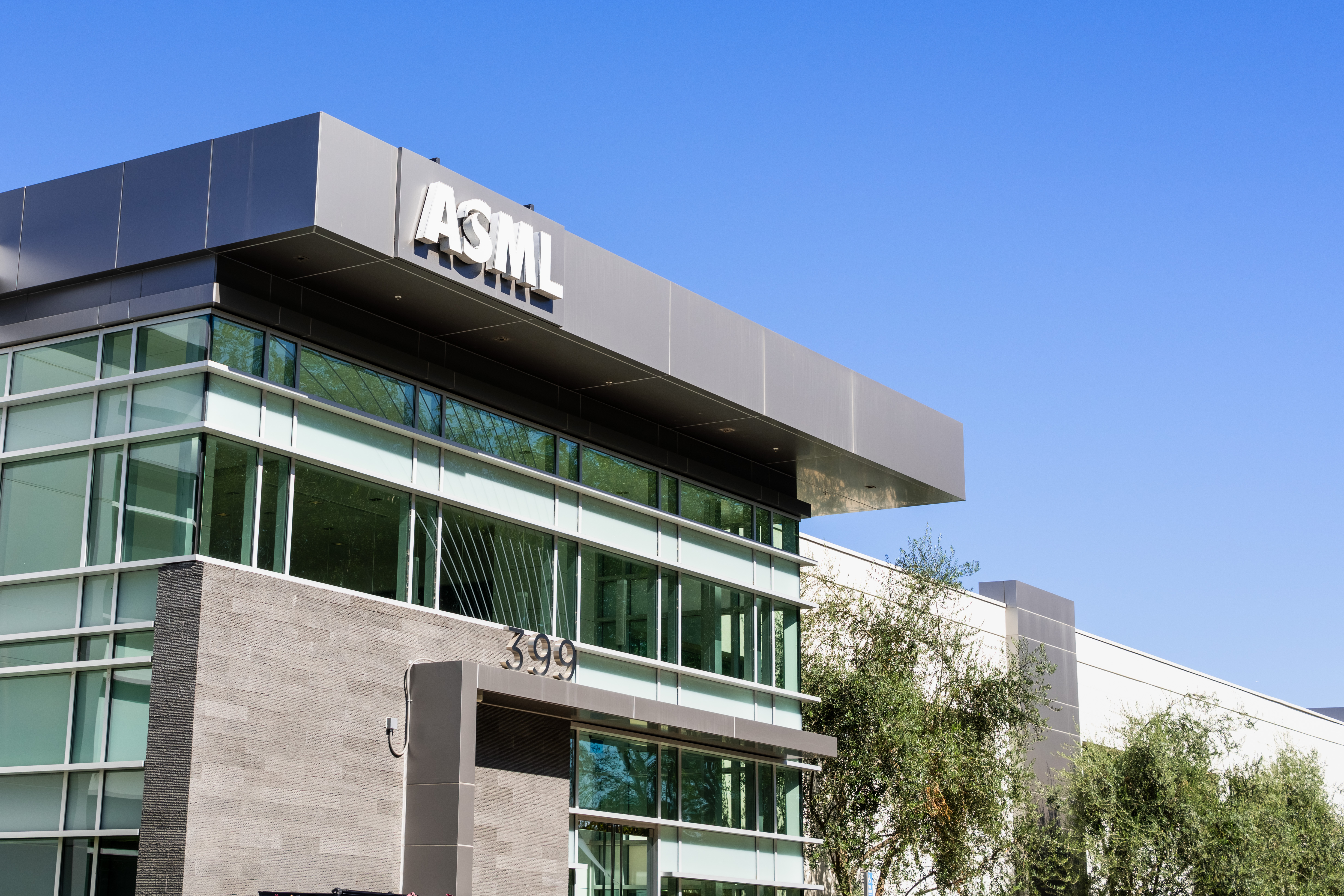

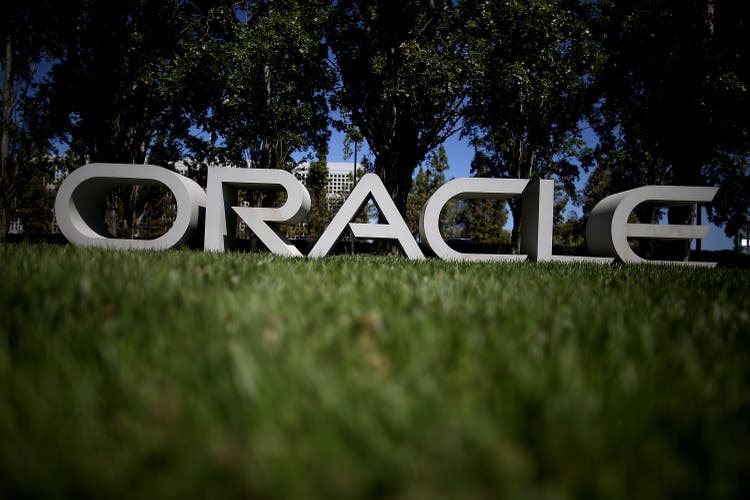


 English (US) ·
English (US) ·